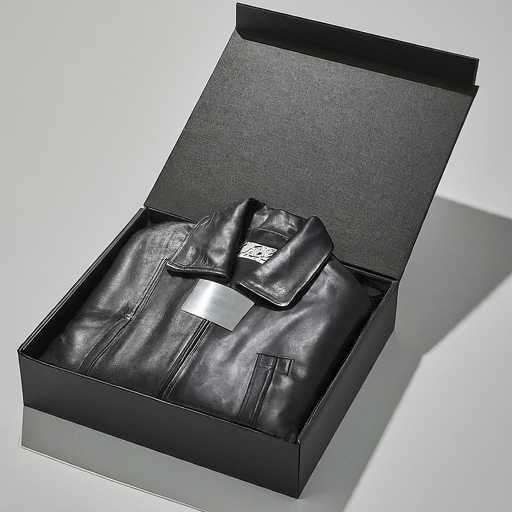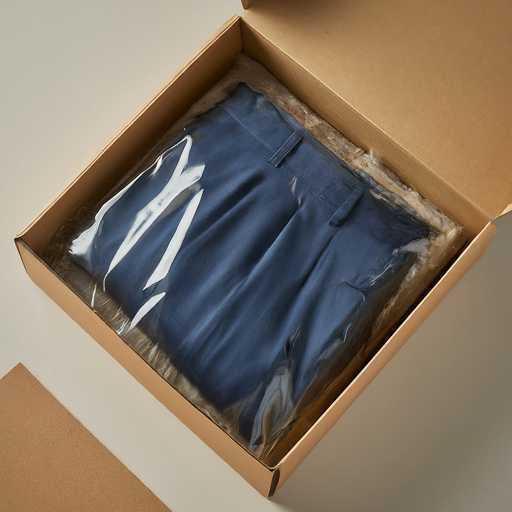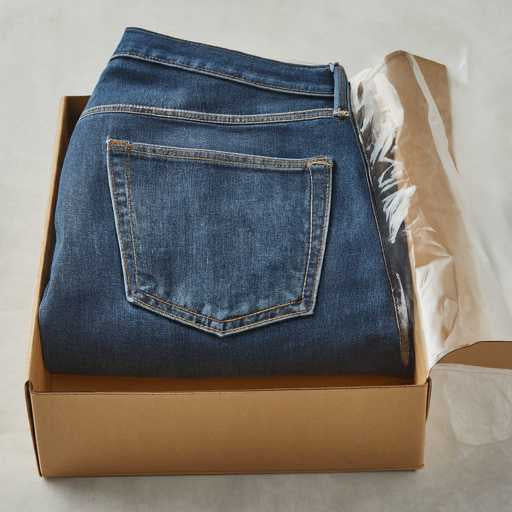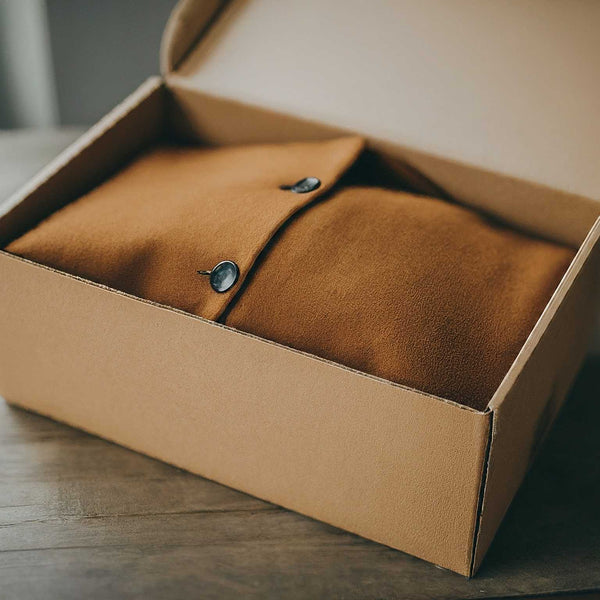Packaging 101: The Complete Guide
- Packaging 101
- Types of Packaging
- Aseptic Packaging
- Blister Packaging
- Biodegradable Packaging
- Bulk Packaging
- Carbon Neutral Packaging
- Circular Packaging
- Clamshell Packaging
- Compostable Packaging
- Cornstarch Packaging
- Corrugated Packaging
- Discreet Packaging
- Ecommerce Packaging
- Flexible Packaging
- Frustration Free Packaging
- Retail Packaging
- Secondary Packaging
- Smart Packaging
- Sustainable Packaging
- What is a PR Package?
- What is a Poly Mailer?
- Packaging Design Ideas
- AI Packaging Design
- Bakery Packaging Ideas
- Bath Bomb Packaging Ideas
- Bath Salt Packaging Ideas
- Body Butter Packaging Ideas
- Body Oil Packaging Ideas
- Body Scrub Packaging Ideas
- Brownie Packaging Ideas
- Cake Packaging Ideas
- Cake Pop Packaging Ideas
- Candle Packaging Ideas
- Candy Packaging Ideas
- Canva Packaging Design
- Chocolate Packaging Ideas
- Cinnamon Roll Packaging Ideas
- Clothing Packaging Ideas
- Coaster Packaging Ideas
- Coffee Bag Design Ideas
- Cookie Packaging Ideas
- Cosmetics Packaging Design
- Cotton Candy Packaging Ideas
- Cupcake Packaging Ideas
- DIY Packaging Ideas
- Dog Treat Packaging Ideas
- Food Packaging Ideas
- Empanada Packaging Ideas
- Etsy Packaging Ideas
- French Fries Packaging Ideas
- Frozen Food Packaging Ideas
- Hair Extension Packaging Ideas
- Handbag Packaging Ideas
- Jewelry Packaging Ideas
- Keychain Packaging Ideas
- Lash Packaging Ideas
- Lip Gloss Packaging Ideas
- Macaron Packaging Ideas
- Minimalist Packaging Ideas
- Mug Packaging Ideas
- New Employee Welcome Kit Ideas
- Packaging Colors
- Packaging Inserts Ideas
- Packaging Logo Design
- Packaging Typography
- Perfume Box Design Ideas
- Pizza Box Design Ideas
- Popcorn Packaging Ideas
- Scarf Packaging Ideas
- Skincare Packaging Design Ideas
- Soap Packaging Ideas
- Sock Packaging Ideas
- Sticker Packaging Ideas
- Sunglass Packaging Ideas
- Sustainable Packaging Ideas
- Tea Packaging Ideas
- Wax Melt Packaging Ideas
- Weed Packaging Ideas
- T-Shirt Packaging Ideas
- Wine Packaging Design Ideas
- What is a Packaging Engineer?
- Types of Packaging Materials
- Chipboard vs Cardboard
- Compostable Packaging Materials
- Alternatives to Plastic Packaging
- Edible Packaging Materials
- Food Packaging Materials
- Are Poly Mailers Recyclable?
- How to Recycle Cardboard Boxes
- How to Recycle Packaging Materials
- Medical Device Packaging Materials
- Mono Material Packaging
- Pharmaceutical Packaging Materials
- Plastic Food Packaging
- Protective Packaging Materials
- Reusing Packaging Materials
- Types of Packaging Foam
- Void Fill Packaging
- What is Chipboard?
- What is Kraft Paper?
- Offset vs Digital Printing
- RGB vs CMYK Printing
- Screen Printing vs Digital Printing
- Screen Printing vs Sublimation
- What is a Dieline in Packaging?
- What is Die Cutting?
- What is Digital Printing?
- What is Flexographic Printing?
- What is Glassine Paper?
- What is Offset Printing?
- What is Spot UV Printing?
- Why is 300 DPI Good for Printing?
- How to Estimate Shipping Costs
- How to Pack Glass for Shipping
- How to Mail a Bubble Mailer
- How to Make a Shipping Label
- How To Measure Box Dimensions and Sizes
- How to Ship Alcohol
- How to Ship Artwork
- How to Ship Books
- How to Ship a Cake
- How to Ship Candles
- How to Ship Clothes
- How to Ship Cookies
- How to Ship Food
- How to Ship a Laptop
- How to Ship a PC
- How to Ship Plants
- How to Ship Shoes
- How to Ship Vinyl Records
- Packaging Symbols
- Shipping Large Items
- What is a Delivery Exception?
- What is Shipping Insurance?

Meet Kyla Moore, the dynamic project coordinator at Arka, who is driven by her passion for sustainable packaging. She is dedicated to assisting businesses.
Importance of Properly Shipping Clothes
Shipping clothes properly is crucial for businesses and individuals alike, ensuring that garments arrive in pristine condition. When you consider how to ship clothes, the primary goal is to maintain their quality and appearance from departure to arrival. Shipping clothes internationally or domestically requires understanding the best packaging for shipping clothes to prevent damage and reduce shipping costs.
To start, knowing how to package clothing for shipping is fundamental. For instance, how to ship a dress or suit may involve using garment bags and sturdy boxes to protect against wrinkles and damage.
Similarly, when figuring out how to ship shirts, a hoodie, or a sweatshirt, folding them neatly and placing them in poly mailers can be effective for small quantities. Meanwhile, larger items like a coat, a jacket, or pants and jeans might need more space and protection, suggesting larger boxes with padding.
Understanding how much it costs to ship clothing is also important. Costs can vary based on the package's weight, dimensions, and the distance it needs to travel. Efficiently packing your items, like knowing how to ship a sweater or a jersey compactly, can help reduce shipping costs.

How to Package Clothing for Shipping: 8 Steps
This guide outlines how to package clothing for shipping, incorporating key practices for domestic and international deliveries.
Choose the Right Packaging Materials
The first step in learning how to ship clothes is selecting appropriate packaging materials. Durable, lightweight options like poly mailers are great for soft items like sweatshirts and t-shirts. For more delicate or high-value items, such as a hoodie or a jacket, consider using sturdier boxes to prevent damage during transit.

Select the Right Shipping Box
When deciding how to mail clothes, the box sizes are crucial. The shipping box should be large enough to fit the clothes without squeezing them but not so large that the items move around during shipping. Arka's custom shipping boxes are ideal for creating a professional appearance, while compostable garment bags offer an eco-friendly option for less fragile items.

Prepare Clothes for Shipment
Proper preparation is key to understanding how to ship clothing effectively. Sorting and folding clothes neatly can prevent wrinkles and damage. For items like a sweatshirt, hoodie, or jacket, secure zippers, and buttons to avoid snagging. Different fabric types may require specific handling techniques to maintain their condition throughout shipping.

Secure the Apparel Box
Adding protective layers within the custom apparel boxes is essential, especially for delicate items. Custom tissue paper, bubble wrap, and packing peanuts can provide extra security. Shipping a jacket or hoodie might require extra padding to maintain shape. Proper taping techniques ensure the package remains closed and secure throughout its journey.

Label and Address the Package
Clear labeling is crucial, especially when shipping clothes internationally. Ensure the address information is accurate and visible. For international shipments, include necessary documentation like invoices, receipts, and customs declarations to facilitate smooth passage through customs. You can also use custom stickers for packaging to ensure clear labeling.

Select the Right Shipping Carrier
Comparing shipping options is vital in understanding how to mail clothes. Postal services may offer cost-effective solutions for lightweight packages, while private courier services could be preferable for faster delivery or heavier items. Consider weight-based pricing and shipping insurance options to find the best deal for your needs.
Tracking and Monitoring
Offering customers the ability to track their packages enhances their shopping experience. Utilize carrier-specific platforms to provide tracking numbers and inform your customers about their shipment status.
Shipping Clothes Internationally
When shipping clothes internationally, it's essential to understand customs regulations. Research restricted items and be aware of tariffs and duties that may apply. Providing clear instructions for customs declarations can help prevent delays.

Shipping Clothes: 11 Key Clothing Types
Whether sending a gift, returning an online purchase, or shipping clothes internationally, understanding how to pack and ship various garments can save you time and money. Here, we break down the essentials for 11 key clothing types.
How to Ship Shirts
Shipping shirts is straightforward. Start by folding them neatly, placing them in a plastic bag for protection, and then into a padded envelope or custom boxes. This method ensures your shirts arrive pristine, making it a basic yet essential part of learning how to ship clothes.

How to Ship Suits
Suits require a bit more care to avoid wrinkles. Use a garment bag and a sturdy box that fits the suit’s size. Shipping suits domestically or internationally may also necessitate tracking options to ensure they arrive safely and on time.

How to Ship a Dress
Similar to suits, dresses should be placed in a garment bag before boxing. Consider using a box with enough room for delicate materials to avoid compressing the fabric. This care is especially important when shipping clothes internationally, where packages may be in transit longer.


How to Ship a Hoodie
Hoodies, being bulkier, need a slightly larger box. Fold the hoodie neatly, place it in a plastic bag for added protection against moisture, and select a box that fits the hoodie snugly without squashing it.

How to Ship a Jacket
Jackets, especially those with bulk or structure, should be carefully folded. Use bubble wrap for extra padding, and choose a box that allows the jacket to lie flat or be gently folded, minimizing creasing.

How to Ship a Sweatshirt
When figuring out how to ship a sweatshirt, follow the same steps as you would for a hoodie. Because of their similar bulk, ensuring the sweatshirt is neatly folded and protected in a plastic bag will help maintain its shape and cleanliness during transit.

How to Ship a Sweater
Sweaters requires attention to avoid stretching. Fold them with custom tissue paper inside to maintain shape, and place them in a slightly larger box to avoid compressing the fibers, which can lead to permanent creasing.

How to Ship Pants
Pants can be easily shipped by folding them along their natural creases, placing them in a protective bag, and then into an appropriately sized box. This ensures they arrive without unwanted wrinkles or damage.

How to Ship Jeans
Knowing how to ship jeans is crucial, given their weight and durability. Fold them neatly, and considering their heavier fabric, use a sturdy box. This approach keeps shipping costs down and protects the jeans during their journey.


How to Ship a Coat
Coats, especially those designed for winter wear, require a larger box due to their bulk. Fold the coat carefully, place it in a garment bag if possible, and choose a box that allows the coat to fit without being compressed, which could damage its insulation properties.

How to Ship a Jersey
Jerseys, being lighter and less prone to wrinkles, can be folded neatly and placed in a plastic bag inside a padded envelope or small box. These clothing packaging ideas are efficient and cost-effective, especially for lightweight items.

How Much Does it Cost to Ship Clothing?
Shipping clothing can seem straightforward, but understanding how to estimate the shipping costs involved is crucial for a hassle-free experience. The cost to ship clothes primarily depends on the package's weight, dimensions, destination, and chosen shipping service. Lightweight items like a shirt or a dress are generally inexpensive to ship domestically, often costing between $5 to $10. However, heavier or bulkier items like coats or large quantities of clothing can significantly increase the price.
Don't overlook the importance of shipping insurance when considering how to ship clothes. While it might add a small fee to the overall cost, insurance provides peace of mind, especially for valuable items. It protects against loss, damage, or theft during transit, ensuring that the sender and recipient are covered.

Final Thoughts
Mastering how to ship clothes is key to ensuring they arrive in excellent condition. Proper custom packaging, from choosing the right materials to securing the items inside the shipping or mailer box, is crucial for seamless delivery.
For companies looking to enhance their packaging process, Arka offers customized packaging solutions tailored to meet specific needs, ensuring that your clothes not only ship safely but also reflect the quality of your brand. With our expertise, shipping clothes becomes an efficient, worry-free experience for businesses of all sizes.
FAQs on How to Mail Clothes
What is the cheapest way to ship clothes?
The cheapest way to ship clothes is often by using a mail service's basic or economy option, packing items in a lightweight, compact manner, and choosing custom poly mailers over boxes when possible to reduce weight.
What's the best way to protect delicate or expensive clothing items?
For delicate or expensive items, use a combination of plastic bags or waterproof packaging to prevent moisture damage, bubble wrap or padded envelopes for extra protection, and sturdy boxes. Additionally, consider adding shipping insurance for added security.
Are there any restrictions on mailing certain types of clothing?
Generally, there are no restrictions on mailing most types of clothing. However, it's important to check if you're shipping internationally, as some countries have specific import regulations that could apply to certain fabrics or clothing items.

